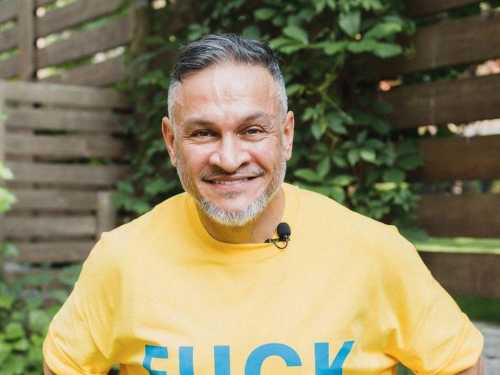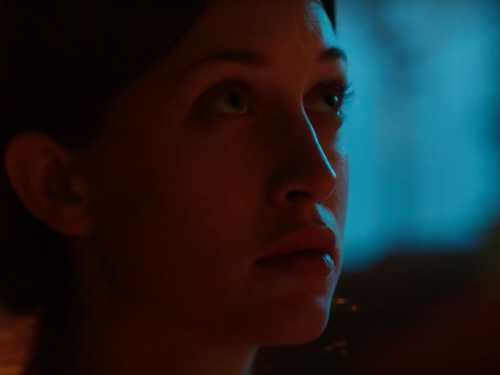
Because of the dam, Ly said, the village is suffering from “a broken relationship between human and nature.”
Polen Ly’s narrative short opens with a young woman praying to photos of her deceased parents. She and her brother, it soon becomes clear, are spending their last day in their rural Cambodian village; the following day, they plan to move to Phnom Penh in search of better work. The sister wants to visit their parents’ graves one last time before they depart, but the brother refuses, and walks off. “If you don’t want to, I’ll go alone,” she says after him. In the scenes that follow her on her solitary journey, there is no dialogue. But there is plenty of sound—the dips of her paddle in the water, the trills of frogs and insects as she makes her way to what she and her brother call “the old village,” now underwater.
Ly’s fictional story is based on what really happened to an Indigenous community—the Bunong—who were relocated, and whose village was destroyed, in the construction of the Lower Se San 2 hydroelectric dam, in 2018. The villagers now live on a nearby relocation site, where all the houses they were given are identical and have blue roofs. Ly said the villagers didn’t have a choice but to live in these “toy houses” and couldn’t change the homes they were provided. “There’s a broken relationship between human and nature happening in that area because of this hydropower dam,” Ly said. He sees the siblings as “a metaphor for the village,” and for the friction between the desire to preserve traditional life styles and the pull toward modernization—“one who wants to go very fast and the other who longs for a slower way of life.”
Ly shot the film over two weeks in a village some two hundred and fifty miles north of Phnom Penh. The crew that he had originally planned to work with couldn’t make it because of the COVID-19 lockdowns, so Ly hired a handful of villagers to be his crew. He trained them for two or three days before shooting and borrowed several props from neighbors. “The two actors were real villagers whose lives were impacted by the real-life hydropower dam,” Ly told me, adding that this made the production process especially powerful. It also presented challenges: “I didn’t speak their ethnic language,” Ly said. “It pushed me to find a way to tell the story more visually.”
“I want this film to resonate in a universal way,” Ly said. “In order to solve a problem that happens inside of us, we always think of looking forward,” he told me. But you can’t move on from the past, he said, until you accept it. The sister’s quiet journey isn’t just about honoring her parents, Ly said. “It’s not as much about spirituality but more of the desire to be heard for the girl,” Ly said. “To journey back to the village. It’s a journey to heal her in a certain way.”
Sourse: newyorker.com






